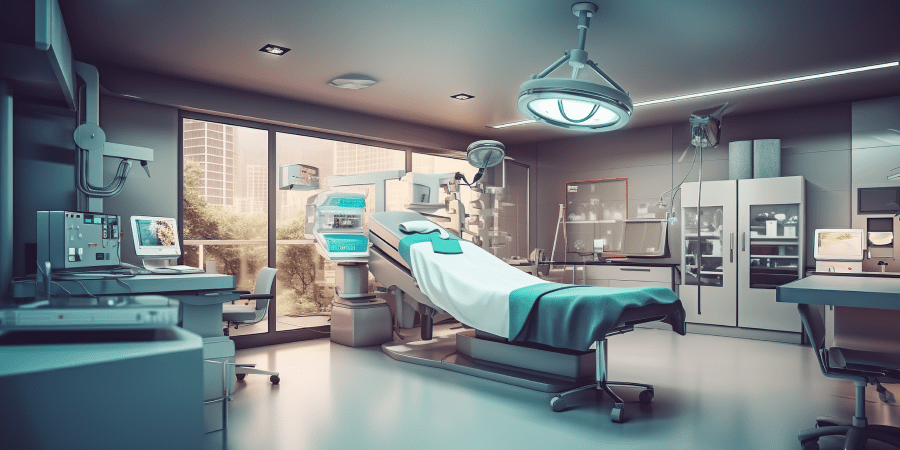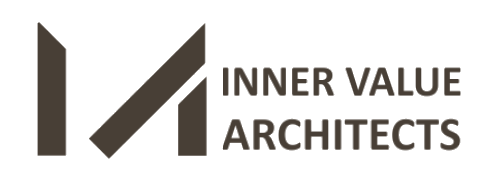In today’s world, we’re all looking for ways to be...
In today’s rapidly evolving healthcare landscape, multi-specialty clinics have become increasingly popular, offering patients the convenience of accessing various medical services under one roof. However, designing a space that caters to the diverse needs of different medical specialties, while ensuring efficiency, patient comfort, and staff satisfaction, can be a complex challenge. The success of a multi-specialty clinic hinges on its ability to seamlessly integrate various medical practices, optimize patient flow, and create an environment that promotes healing and well-being. Whether you’re planning to build a new facility or renovate an existing one, the design choices you make will have a profound impact on the clinic’s functionality, patient experience, and overall success.
In this comprehensive guide, we’ll explore key strategies and considerations for creating a multi-specialty clinic design that truly works for everyone – from patients and healthcare providers to administrative staff and support personnel. Let’s dive in and discover how to design a clinic that works harmoniously for all specialties and stakeholders involved.
Key Elements for to Create a Multi-Specialty Clinic Design
Creating a multi-specialty clinic requires a thoughtful approach to design that balances functionality, patient experience, and operational efficiency. Here are the key elements to consider when designing a multi-specialty clinic:

1. Design Flexible and Modular Spaces
When designing a multi-specialty clinic, incorporating flexible and modular spaces is essential to accommodate various needs and future changes. By using modular furniture and movable partitions, you create adaptable spaces for changing medical center needs that can easily adapt to different specialties or evolving healthcare trends. This flexibility allows you to reconfigure spaces as needed without significant renovations, making it simpler to integrate new technologies or adjust to shifts in patient demographics. Modular designs also promote efficient use of space, ensuring that every area can be optimized for its current function while remaining adaptable for future growth. This approach enhances the clinic’s functionality and helps maintain a modern and dynamic environment.
2. Optimize Patient Flow and Wayfinding
To make your clinic easy for patients to navigate, focus on smooth patient flow and clear wayfinding. You can start by designing simple, logical pathways and putting up clear, easy-to-read signs so patients can find their way around without getting lost. For clear and intuitive navigation, use color-coded zones and visible markers to guide them to different departments. Efficient flow not only cuts down on wait times but also helps reduce stress for everyone involved. Adding digital displays or interactive maps can also be a great touch, giving real-time updates and making the whole experience smoother. Clear and intuitive navigation makes every visit more straightforward and less frustrating.
3. Prioritize Privacy and Comfort
Ensure that patient privacy is never compromised, as it should be high on your priority list. Start by making consultation rooms soundproof so conversations stay private. Opt for comfy, ergonomic seating and soothing décor in waiting areas to create a more relaxing atmosphere. Plan the layout with separate spots for private chats to keep sensitive conversations discreet. Add features like noise-canceling elements, soft lighting, and calming colors to enhance comfort. You might also include amenities like water stations or reading materials to keep patients occupied while they wait. By focusing on these details, you ensure a more comfortable and secure environment for patients throughout their visit.
4. Integrate Technology Seamlessly
To boost patient care, integrate technology into your clinic design. Start with up-to-date medical equipment and ensure it fits seamlessly with your clinic’s layout. To create innovative architectures, you can set up electronic health records (EHR) systems for easy access and sharing of patient information across departments. Digital check-in kiosks and self-service stations can streamline registration and cut down on wait times. Adding telemedicine options provides virtual consultations and improves accessibility. Make sure all tech is user-friendly for both staff and patients, and blends in with the clinic design without adding clutter. When technology is integrated seamlessly, it enhances efficiency and elevates the overall experience for everyone.
5. Incorporate Sustainable Design Practices
Going green with your clinic design can make a big difference for both the planet and your space’s vibe. Start by using energy-efficient lighting and smart thermostats to cut down on energy use and save on bills. Choose eco-friendly materials like low-VOC (volatile organic compounds) paints and recycled products to keep things sustainable. Maximize natural light with plenty of windows and skylights to brighten up the place and reduce your need for artificial lighting. Adding natural ventilation can also help keep the air fresh without cranking up the energy use. When you create eco-friendly strategies for your clinic, you can create a healthier and more inviting environment for everyone while doing your bit for the Earth.
6. Design for Efficient Workflow
Designing for a smooth workflow in your clinic is all about keeping things simple and efficient. Place related departments close to each other like having radiology near cardiology, so staff don’t have to run around. Keep pathways clear and avoid clutter to make moving around easy. Set up workstations so everything is handy, from medical records to equipment. And make sure tech is well-integrated so staff can quickly access patient info and communicate without fuss. By making these adjustments, you’ll help your team work more efficiently and provide top-notch care.
7. Ensure Accessibility for All
Making sure everyone can access your clinic is crucial. For this you can add ramps, wide doorways, and accessible restrooms to assist patients with wheelchairs or mobility challenges. Install elevators if you have multiple floors and ensure that all areas are easy to navigate. Use clear, large-font signage and include assistive technologies like hearing loops and large-print materials for those with visual or hearing impairments. Incorporate tactile guides and audio aids to further assist those with sensory disabilities. Ensure that waiting areas and consultation rooms are spacious enough to accommodate assistive devices and provide comfortable seating options.
8. Plan for Future Growth and Adaptation
As medical tech and patient needs change, it’s important for your clinic to adapt. You can design modular spaces that are easy to reconfigure or expand as new specialties are added or existing ones grow. Include infrastructure for future upgrades, like extra outlets and expandable data networks. Use flexible walls or partitions to create new spaces when needed, and plan for storage areas that can be converted into extra rooms or offices. Integrate smart technology to accommodate new medical devices and systems. This flexibility ensures your clinic stays up-to-date and continues providing top-notch care.
Final Words
Creating a multi-specialty clinic that works for everyone involves a comprehensive approach to design and functionality. By focusing on the key points mentioned, you can build a clinic that meets the diverse needs of patients, healthcare providers, and staff. Incorporating these elements ensures that your clinic remains relevant and effective, providing exceptional care while adapting smoothly to future changes. If you’re looking to design your clinic, consider consulting experts like Inner Value Architects for professional advice. Their expertise will help you craft a space that not only meets current demands but also accommodates future growth and innovation, ensuring your clinic stands out as a model of modern healthcare design.










